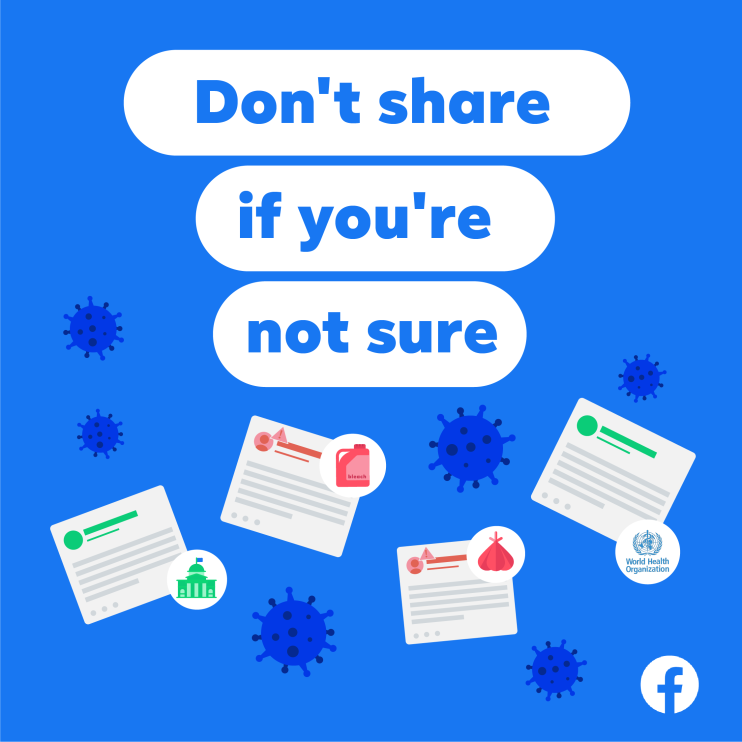Facebook launches campaign to help Brits spot fake news

Facebook has today unveiled a new campaign to help users identify misinformation online, as it handles an ongoing boycott of advertising on its platform by major companies.
The ads will ask users to consider the source of the news they’re looking at, whether it’s truthful or balanced and what they felt when they saw it.
The campaign was developed in partnership with its UK fact-checking partner Full Fact, which it teamed up with in the aftermath of the Cambridge Analytica scandal in 2018.
It will be rolled out across the UK, Europe, the Middle East and Africa.
“Emotive content can be more likely to persuade you into believing false news,” said Will Moy, chief executive of Full Fact.
“During this health crisis lives are at stake. By taking a moment before sharing something online, people can stop the spread of harmful and misleading information and protect their friends and families.”
The launch comes as Facebook handles a boycott campaign from advertisers across its platforms, with major companies including Starbucks, Coca-cola and Unilever participating.
More than 160 firms have pledged to end all advertising on Facebook for between one and six months, unhappy with its approach of misinformation and hate speech.
Facebook also said today it will launch a series of online sessions in partnership with the NHS for users managing large groups on its platform.
The group admins, whose groups have over 10m members, were advised on how to handle fake news within their group, and how to point people to information on official NHS and government websites.
“With so many ways to consume the news, it can be difficult to make informed choices about what to read, trust and share,” said Steve Hatch, Facebook vice president for northern Europe.
“This campaign is about asking people three simple questions to help them challenge the information they are reading so they can be more informed.”
Facebook said that in March and April, it displayed warning labels on about 90m posts. When users were shown those warning labels, 95 per cent of the time they did not go on to view the linked content.